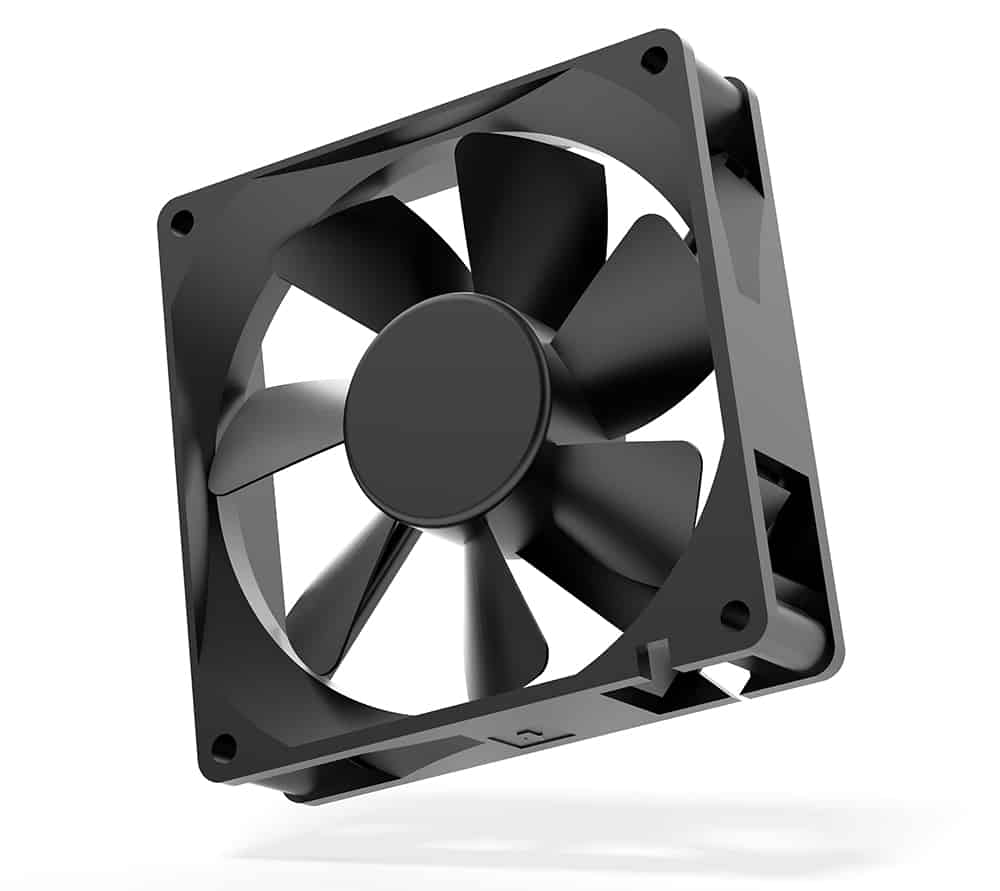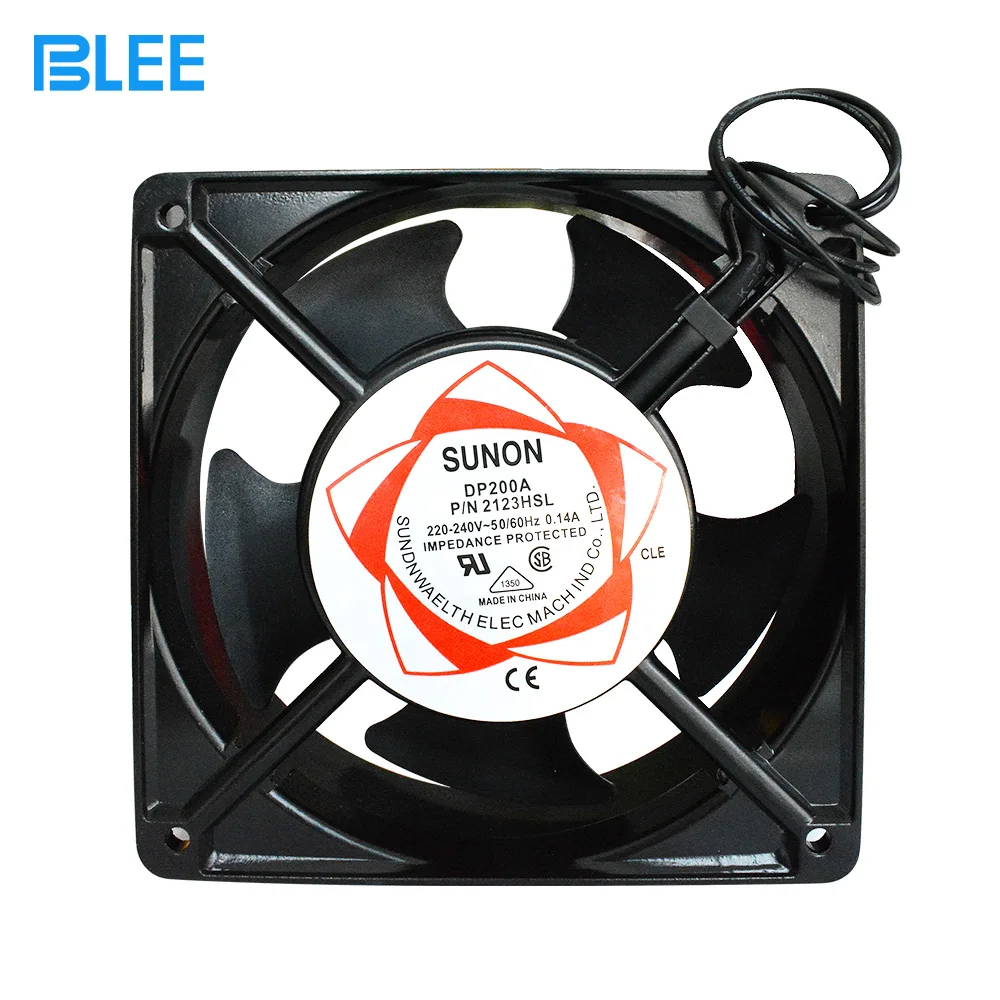

- Pc fan sizes standard how to#
- Pc fan sizes standard manual#
- Pc fan sizes standard mods#
- Pc fan sizes standard Pc#
Most cases are designed with a certain directional airflow in mind–usually front to back, and bottom to top. Plan Out Your Airflowīefore you begin, you’ll want to look at your available fan mounts and decide the best way to plan out your airflow.
Pc fan sizes standard how to#
Got all those basics covered? Alright, let’s talk about how to place your fans for optimal airflow. The enclosed nature of the cabinet will limit the available air to your case fans, making them less effective. Some office desks include a large cubby designed to “hide” a PC-don’t use these. Put it on your desk or a small side table if you don’t have wood or tile floors.
Pc fan sizes standard Pc#
If you can, move your desk and your PC to a cooler room.Īvoid placing your PC directly on a carpeted floor, as this will block any intake from fans placed on the bottom of the case (and often the power supply output, too). Since the inside of the case is usually quite warm indeed, this isn’t really a problem, but if you use the PC in a particularly hot room (like an un-air-conditioned garage in the summer) you’ll see less effective cooling. This might seem obvious, but an air cooling setup relies on cooler air outside the case than inside. Fans on the rear and of the case are usually exhaust fans, expelling the hot air warmed up by the components back into the room. The fans on the front of your PC’s case are typically intake fans, drawing in the relatively cool air of the surrounding room to lower the temperature inside the case.

As the components in your computer operate, they build up heat, which can lower performance and eventually damage the hardware if it goes unchecked. The central concept of air cooling is very simple.

RELATED: What Does "RGB" Mean, and Why Is It All Over Tech? The Basics: Cool Air Comes In, Hot Air Goes Out But there are a lot of great fans out there, so dig around sites like Newegg to see what you can find. If you don’t want to do a ton of research, we highly recommend Noctua fans for great noise-to-performance ratio-though some of their models are on the pricier side (not to mention the standard line is butt-ugly). Splurge on LED fans if you want, or save some money and keep your build low-key. These look cool-especially when coupled with a “tricked out” overall build-but don’t add or detract from performance in any meaningful way.
Pc fan sizes standard mods#
RELATED: How to Pimp Your Gaming PC: A Guide to Lights, Colors, and Other Mods That said, some basic tests on these “high static pressure” models show that their benefit is questionable in standard air-cooled builds. Static pressure fans are designed to pull or push air with extra force, which is ideal for areas with more restricted airflow-like a water cooling radiator or a large CPU cooler with lots of fins.
Pc fan sizes standard manual#
Some fans and cases even come with manual switches for basic fan control. With a compatible motherboard or a fan controller, though, you should be able to adjust your fans’ speed for the perfect balance, so this won’t matter as much. Faster fans move more air, but slower fans are much quieter.


 0 kommentar(er)
0 kommentar(er)
